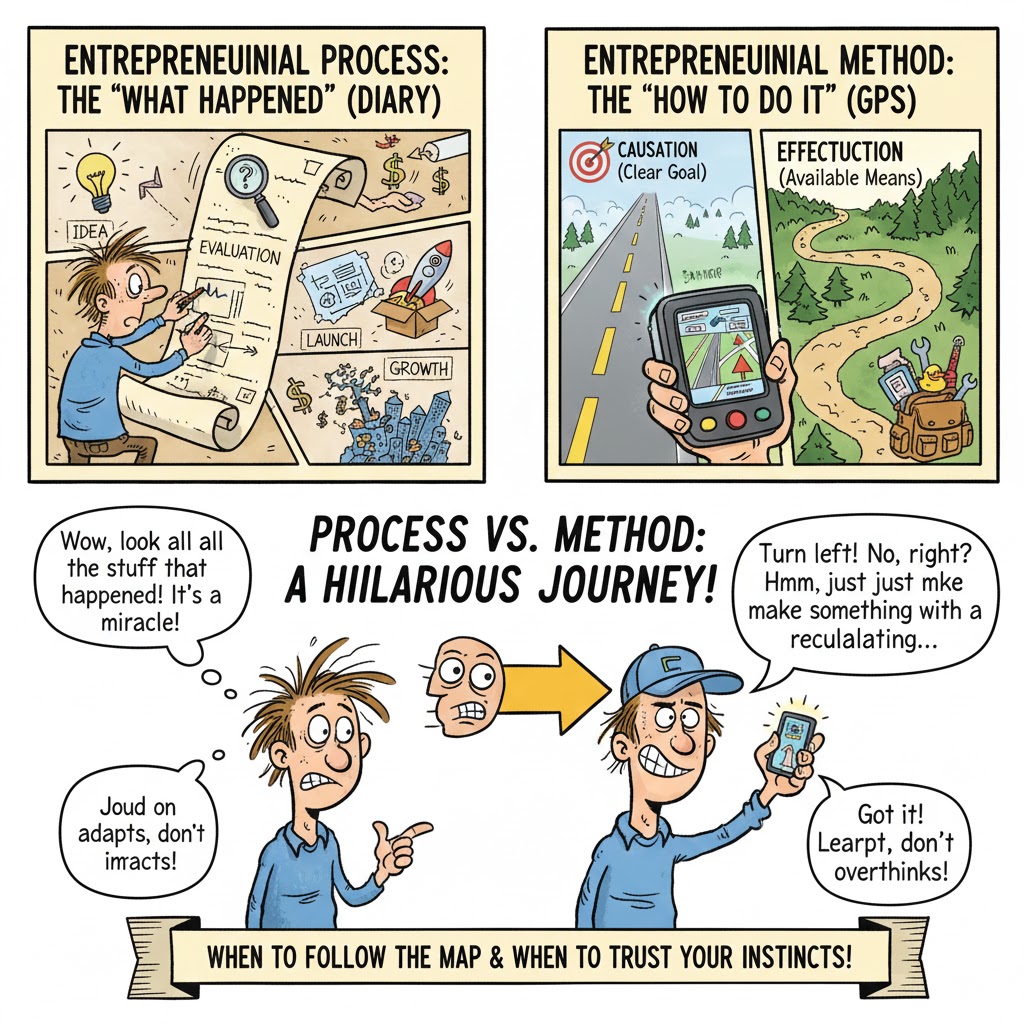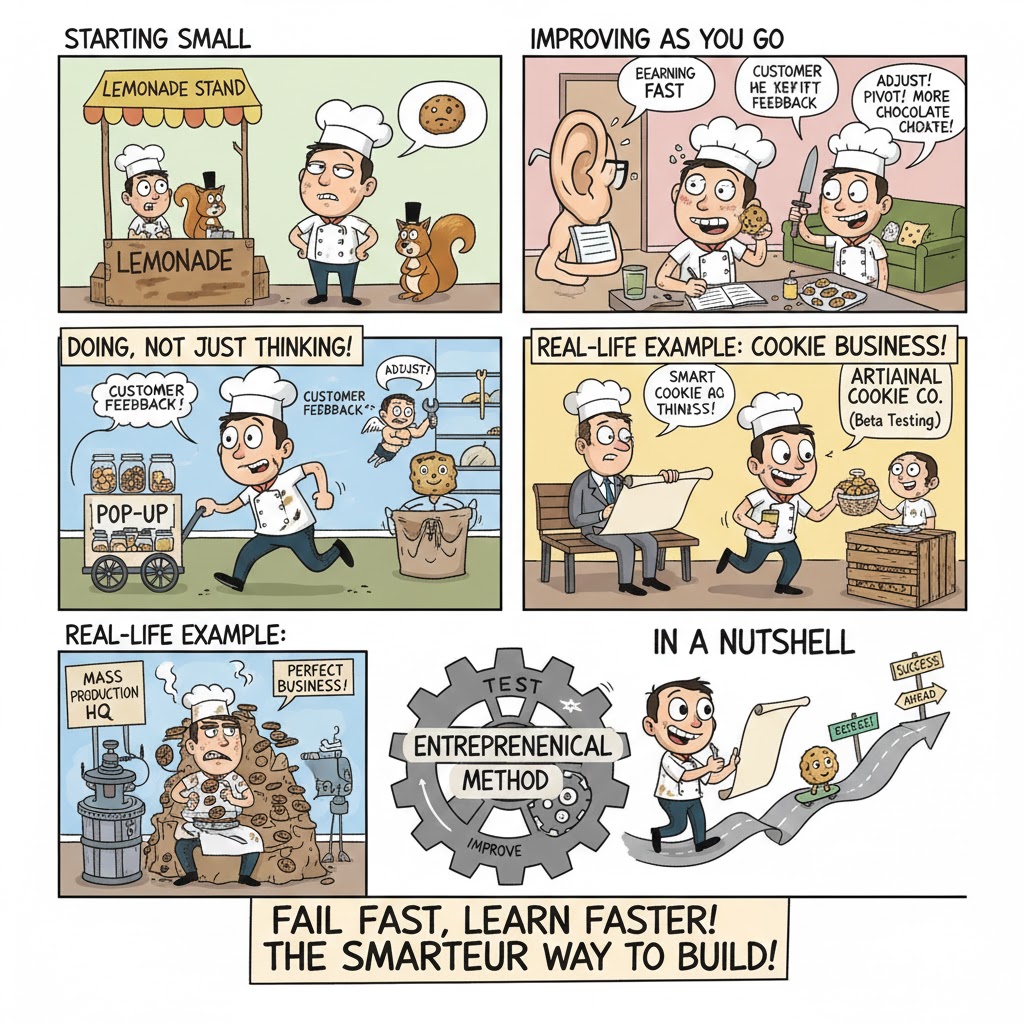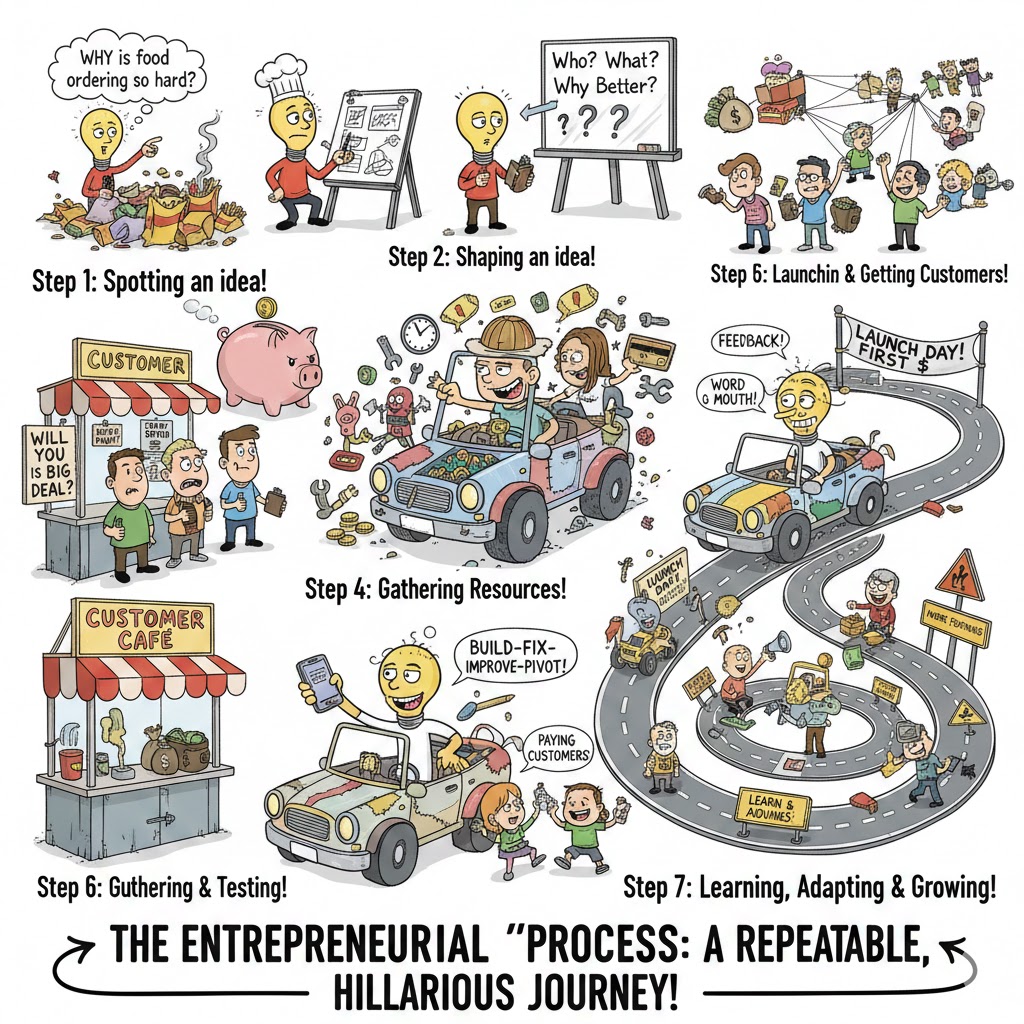The entrepreneurial journey is challenging and uncertain. It is natural for the entrepreneurs’ mind to feel tired with the grind. Subsequently, it tries to restore balance in multiple ways. Like we discussed earlier, some of them use motivational videos to get over this challenge. In some other cases, we find the mind taking up a different mechanism to restore the balance, which it seems to have lost.
In this mechanism, the mind continues to think of alternate ideas. Maybe thinking of different solutions gets the mind to think it is doing some useful work and therefore feel better emotionally! These ideas could be in the same domain as the initial idea the entrepreneur was working in or could be in unrelated domains. But the essential aspect of this process is that the entrepreneur seems to exhibit higher creativity and generate multiple ideas.
Ideas being ideas do not die away. It is natural for the entrepreneur to continue playing with these ideas. When the progress on one idea is slow, the entrepreneur may pick up another idea that was just conceptualized and begin engaging in the hope of building it. However, it’s not easy to keep the balance between these ideas.
The mind may interpret this behaviour of the entrepreneur as a justification that it is ok to lose focus on one and jump on to another. Some entrepreneurs keep up the balance and their priorities clear; they continue to engage on one primary idea and keep working on the other only when there is a substantial waiting time due to some expected responses. The minute they get the response on the primary idea, they reroute their focus on it, and secondary ideas get suspended. In this manner, they may actually be able to develop multiple ideas.
We also find some entrepreneurs who are active in secondary ideas rather than their primary focus area. You will find them telling you about multiple ideas and what they are developing on these ideas. This way, you are more likely to dissipate your attention and spread resources across multiple ideas and not understand why a specific idea is not making progress. Troubleshooting would take the second fiddle, and almost no learning is appropriated by the entrepreneur.
As an entrepreneur, it is normal to handle multiple ideas and develop them when you manage time. Losing focus is a real danger. You may end up digging multiple wells, each of 10 feet depth and not find water, in any. Instead, maybe you should concentrate on digging one well deep enough, say 100 feet, where you are more likely to find water.
Ask yourself:
Do I have multiple ideas which I conceived while the primary idea was moving slower than anticipated?
Am I still keeping the priority among ideas clear? How do I handle and resolve the conflicting demands within ideas? Am I simply drilling multiple small wells? Am I dissipating my energy or am I able to handle this drilling process better?


